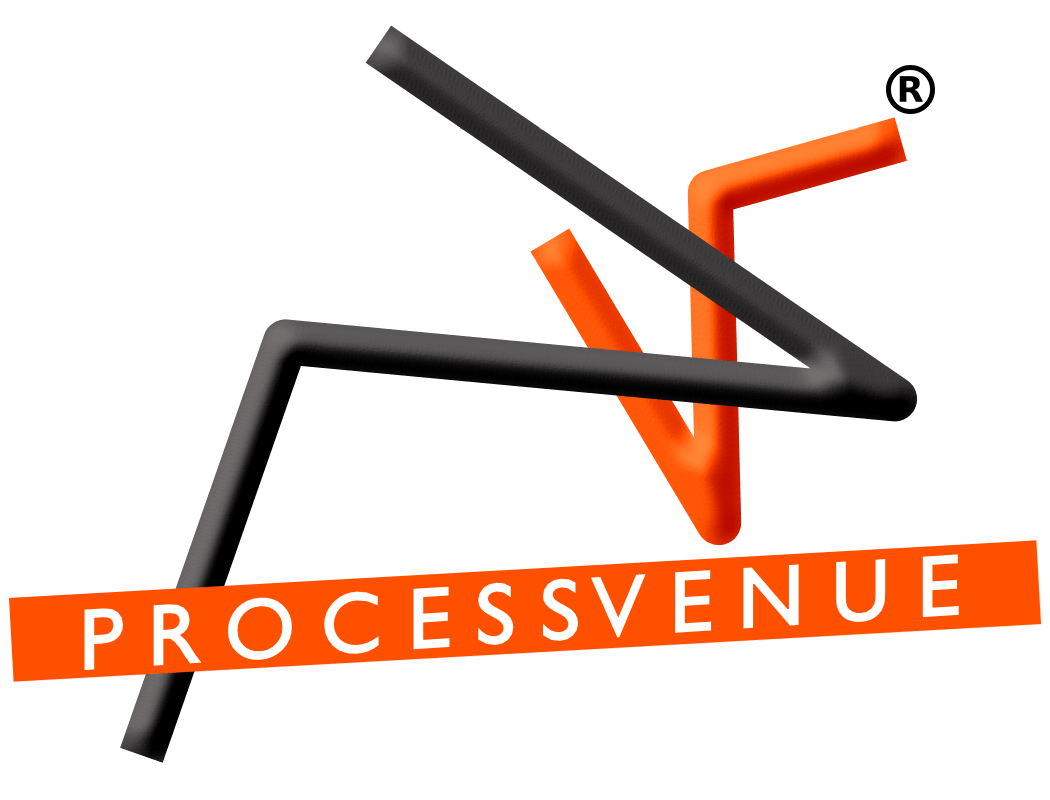
How Finance Helps Companies Turn The Art Of The Possible Into The Science Of The Achievable
|
Getting your Trinity Audio player ready...
|
According to a Constellation Research survey, digital disruption destroyed 52% of Fortune 500 companies from 2000 to 2014. They ceased to exist through bankruptcy, consolidation or acquisition.
Fintech, medtech, cartech, mediatech, the Internet of Things (IoT) — these are only a few of the disruptive trends and technologies that have upended companies once thought of as industry titans.
Mighty banks are competing with peer-to-peer lending. Hospitals have to contend with retail-style clinics and savvy consumer demands for personalized care. Taxis are having to make way for car sharing and cab-hailing apps. Cable companies are scrambling to adapt to over-the-top, on-demand streaming video before they find themselves on the trash heap with video retailers.
And IoT? Disruptive technologies will soon lay waste to a whole swath of companies that don’t yet know their end is near.
“CFOs have a vision to transform their roles within their organizations. More than the keepers of the numbers and the closers of books, they want to be seen as digitally savvy, data-rich and indispensable business partners.” – Michael Yadgar Americas SAP Leader
Unleashing the power of digital technology, big data and analytics, and even IoT can fundamentally transform everything from operating models to cultures to entire enterprises. This is especially true for the finance function, which must adopt an increasing level of agility in predicting and responding to these new competitors.
Amid the swirling cacophony of digital disruption, CFOs have a vision to transform their roles within their organizations. More than the keepers of the numbers and the closers of books, they want to be seen as digitally savvy, data-rich and indispensable business partners.
They want to define strategy, analyze new business models, assess investment opportunities and participate in executive decision-making that will accelerate growth and performance. This new CFO role is complicated further by the increased and changing regulatory and compliance obligations required in the local and global economy.
For CFOs, the key to turning the art of the possible into the science of the achievable lies in maximizing the opportunities provided by the proliferation of data and technology. Armed with these tools, CFOs can transform the finance function into an efficient, agile unit capable of anticipating, addressing and responding to business needs as fast as they arise.
So, how can CFOs use data and technology to be good business partners to other parts of the organization?
1. Transform the finance function
CFOs need to begin by transforming their own function. This includes making sure that the finance strategy is strategically aligned to the business, operating cost-effectively and taking full advantage of today’s technology so that they have the agility to react to both internal and external factors before or as they arise.It also means forging an alliance with the CIO and the IT function. In today’s climate, finance transformation and IT transformation need to go hand in hand. A true collaboration between the CFO and the CIO will enable the CFO to significantly reduce the cost of finance and improve agility.
2. Undertake a process review
CFOs will want to undertake a thorough review of all underlying processes. In many instances, companies have updated their technology, but haven’t optimized processes to take full advantage of the new platforms.In addition, merger and acquisition activities have created multiple complex processes that impede agility. The finance function, in particular, continues to use manual processes that are prone to human error and slow access to data that can otherwise be available in nanoseconds.Let’s take the close process as an example. Traditionally, finance needs anywhere from 7 to 20 days to consolidate and close the books after month-end. However, the function is hampered by too many databases and too many complex closing rules. By streamlining the processes to take advantage of an ERP platform, such as SAP S/4 HANA with its in-memory technology, the finance function can reduce month-end close from 20 days to 2 hours, freeing up valuable finance resources to concentrate on vital business needs.
3. Develop a consistent measurement and reporting strategy
CFOs will want to develop a consistent reporting strategy that reduces the disparity of master data around the company. Very often, production facilities or retail properties within the same company report differently. They have different KPIs, different processes and different management priorities.When the company tries to make comparisons, it has a difficult time determining why one facility may be more efficient than another or why one product line is more profitable than another. Finance can combine the data as part of a consolidation process, but without consistency of measurement and reporting, the data lacks true value. One reporting strategy across the entire enterprise will allow companies to make direct comparisons that provide true insights into a department’s or the whole organization’s overall health, productivity and efficiency.
4. Employ big data and analytics
Most companies are sitting on a wealth of data but have no strategic idea how to use it. Collaborating with the CIO and the IT function, CFOs can leverage big data and analytics capabilities along with new technology platform capabilities to interconnect internal and external data platforms. This combines data mining with historical internal figures to assist the business in developing more accurate planning cycles, benchmarking against competitors, identifying and proactively addressing disruptive trends, and making smarter investment decisions.
5. Innovate, innovate, innovate
If the ugly demise of once-great companies including Kodak and Blockbuster have taught companies anything, it’s that digital disruption is real and unavoidable. The question for companies is not whether they should make a move, but when.For any number of completely understandable reasons, companies, particularly large companies, tend to be risk-averse. They don’t want to be pioneers. But if they want to survive, they must innovate at least some parts of their business to remain competitive. Agile finance organizations can greatly enhance their companies’ ability to innovate.With the right technology to harness the company’s data, the right processes in place to interpret it and a consistent means to measure and report, CFOs can play a vital role in helping their companies navigate the increasingly disruptive trends shaking the foundations of today’s business environment.
If you want to learn more about how the finance function can turn the art of the possible into the science of the achievable, visit our booth at SAPPHIRE.
Courtesy : EY

